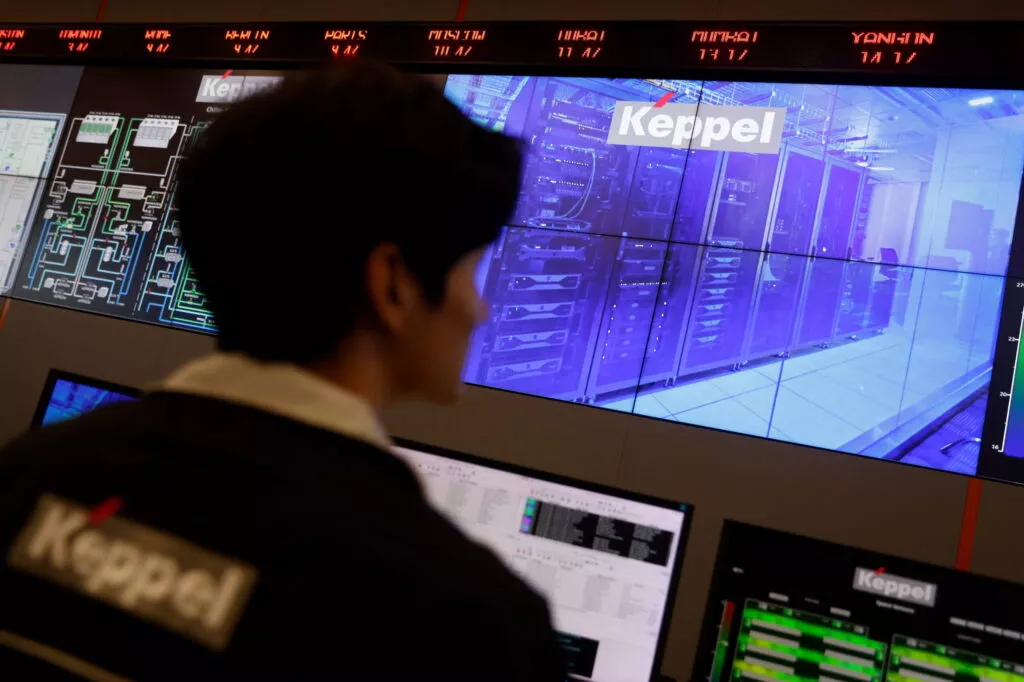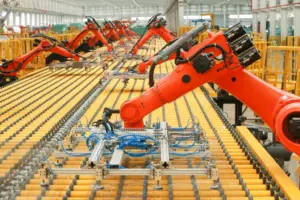Making Southeast Asia’s AI numbers stack up
Southeast Asia is seeing a surge in AI-related investments: everything from data centres and cloud computing to new generative AI models. These will be prudent investments if they deliver a big increase in productivity. If they fall short, they will prove more bubble than breakthrough.
How do we know the difference? One way is to ask what rate of productivity growth would be needed for these AI investments to deliver the expected returns, and whether such gains are feasible based on current predictions. While the answers vary across Southeast Asia, some countries should be worried.
AI investment is booming globally, with five US companies planning to spend over US$325 billion on AI in 2025 alone. Southeast Asia is in a strong position to capture a large share of that investment, with over 400 million digital consumers who generated US$263 billion in digital economy revenue in 2024. A growing population with a growing services sector offers new opportunities for technology adoption as part of rapid development. Add to this the region’s proximity to large markets like China, India and Australia, and Southeast Asia offers an important market for both Chinese and US technology companies.
AI investments across Southeast Asia are already reaching significant levels with US$55.2 billion committed across Singapore (US$10 billion), Indonesia (US$7.4 billion), Malaysia (US$23.2 billion) and Thailand (US$8.4 billion). This investment is predicted to grow at a compound annual growth rate of 25 per cent, with total AI investment surpassing US$110 billion by 2028.
The US$110 billion question therefore is this: Are these AI investments a ticket to long-term economic growth? Or are they fuelling a speculative bubble?
The size and scale of AI’s returns are hotly contested. AI optimists and sceptics paint different pictures of how AI will shape the economy. To break through the noise, one approach is to work backwards. A computable general equilibrium (CGE) model can show how much labour productivity growth would need to increase for recent investments to align with expected returns rather than being a poor bet. This can then be compared against current rates of productivity growth and predictions for the impact of AI.
Cross-country comparisons are challenging, since productivity potential varies with income levels and technology adoption, but early evidence from the United States provides some clues.
AI optimists see a large productivity upside from this new technology. Researchers at the Brookings Institution, Federal Reserve Bank of St Louis and Goldman Sachs forecast that uptake of generative AI in the United States could increase annual average labour productivity growth by between 1.1 and 1.8 per cent. Philippe Aghion and Simon Bunel estimate that AI will increase total factor productivity by between 0.68 and 1.3 per cent annually.
Sceptics cast doubt on AI’s ability to deliver substantial productivity benefits. Daron Acemoglu estimates that AI will contribute at most a 0.71 per cent increase in total factor productivity over 10 years — just 0.07 per cent per year. McKinsey analysis provides a more optimistic but constrained estimate that AI will provide annual labour productivity growth of between 0.1 and 0.6 per cent.
What this means for Southeast Asia varies by country and level of investment.
Existing AI investments in Southeast Asia will only make sense if they lift annual labour productivity growth by an additional 0.79 per cent in Indonesia, 6.52 per cent in Thailand and 2.5 per cent in Malaysia each year, according to CGE modelling. To put this into perspective, annual labour productivity growth averaged approximately 2 per cent across Indonesia, Malaysia and Thailand in the 10 years to 2024. This means that AI investments would require annual labour productivity growth to be approximately 38, 130 and 320 per cent higher than the 10-year averages in Indonesia, Malaysia and Thailand respectively.
If the AI-pessimists are correct, only the investments in Indonesia look sensible. For Malaysia and Thailand, AI investments will only make sense if the productivity optimists are correct and AI lifts productivity substantially.
While society waits to see the full extent of AI’s social and economic transformation, it appears that not all countries will realise the productivity benefits needed to justify current levels of investment. Of course, the benefits of AI may not translate into productivity statistics, much as the computer age, the essence of the Solow paradox, did not deliver clearly measurable productivity increases.
Regardless, governments should not sit idle and let the opportunity pass. Maximising productivity from AI relies on several conditions, many of which go beyond simple investment. This includes faster widespread adoption, ensuring complementarity with human skills and other technology, ensuring openness to trade and foreign investment, and ensuring creative destruction can drive new, productive firms across the economy.
Much of this is within the control of governments, and now is the time for governments to get their policy settings right. Southeast Asian governments shouldn’t be AI optimists or AI pessimists. They should be AI pragmatists.
Kade Denton is Research Scholar at the East Asian Bureau of Economic Research at the Crawford School of Public Policy, The Australian National University.
Source: East Asia Forum





